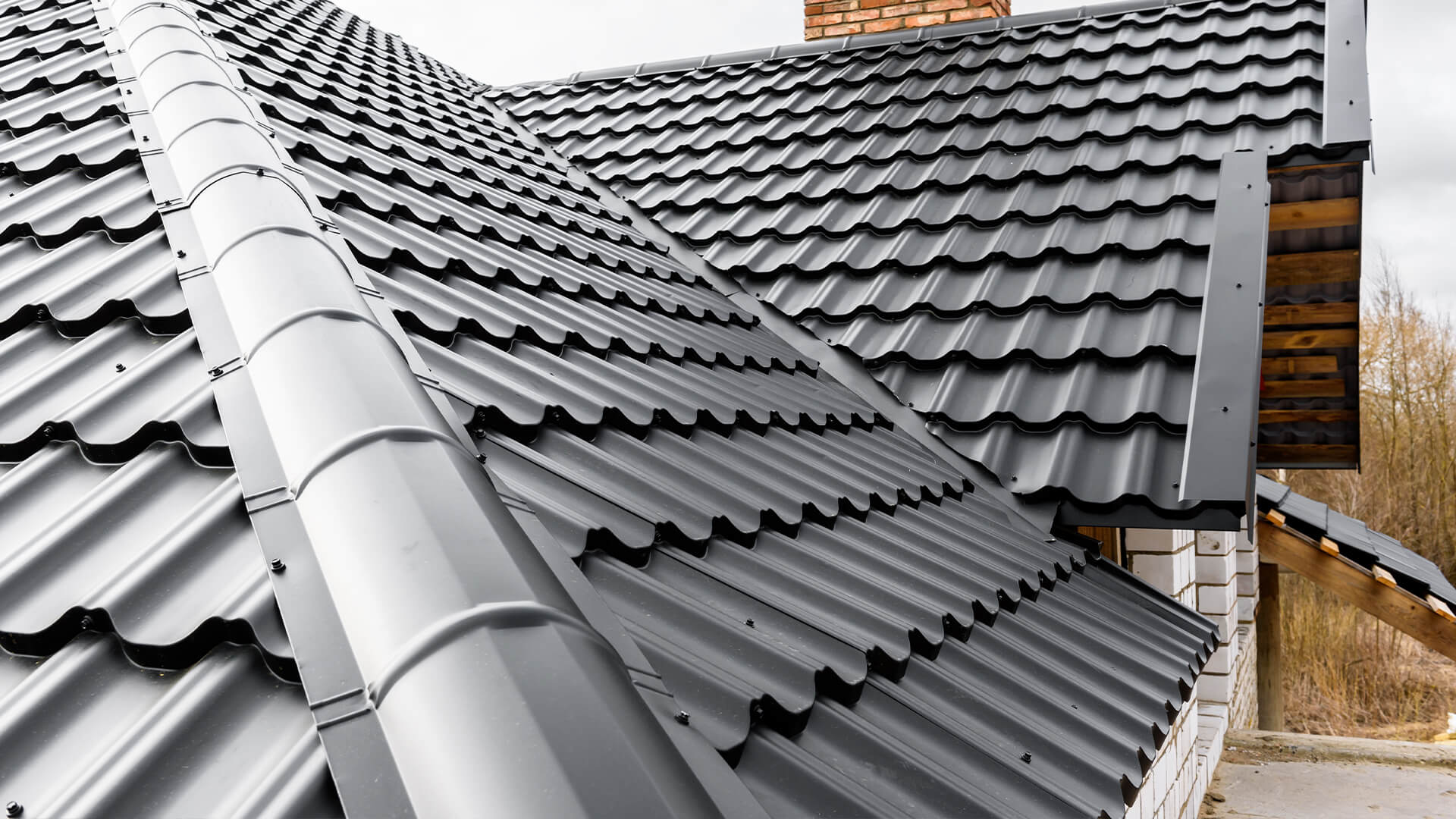Contrasting Costs Among Roofing Companies in Gainesville Florida
Finest Practices for Ensuring Appropriate Roof Air Flow
A balanced consumption and exhaust vent ratio, generally 1:300, plays an essential duty, with consumption vents preferably put at the reduced edge of the roofing for cool air entry and exhaust vents at the height for cozy air leave. Keeping insulation away from vents is vital to prevent air flow constraint.
Understand Air Flow Essentials
Effectively comprehending air flow fundamentals is vital for making certain the durability and performance of roof. Reliable ventilation mitigates moisture build-up and temperature extremes in the attic, both of which can bring about substantial structural damage with time. A well-ventilated roof aids in protecting against common issues such as mold development, wood rot, and ice dams, which can jeopardize the honesty of the roof materials and the underlying structures.
The primary goal of air flow is to promote the activity of air, permitting a consistent exchange in between the indoor and exterior environments. This equilibrium is attained via a combination of consumption and exhaust vents that interact to keep ideal air flow. Consumption vents, generally located along the soffits or eaves, enable fresh air to go into the attic space, while exhaust vents, typically located at or near the roof covering ridge, allow hot, damp air to get away.
Secret elements influencing the performance of roof ventilation consist of proper positioning, sufficient sizing, and making sure that both intake and exhaust vents are unhampered. Normal examination and upkeep are critical to identify potential obstructions, damages, or inadequacies in the ventilation system, consequently guarding the roof's performance and resilience.
Types of Roofing System Vents
Roofing vents play an essential role in preserving reliable attic room air flow and, by expansion, the general health and wellness of the roof. Various sorts of roof covering vents are offered, each with one-of-a-kind advantages customized to details roof demands. Ridge vents, as an example, are set up along the roof covering's peak, allowing warm, moist air to get away from the attic. They offer continuous air flow and blend perfectly with the roofline, making them both reliable and cosmetically pleasing.

Soffit vents are installed under the eaves and operate in tandem with roof vents to make sure a balanced intake and exhaust system. By allowing cooler air to enter from below, soffit vents promote the expulsion of warm air via top vents. Gable vents, situated on the exterior wall surfaces of the attic, offer another efficient option, particularly in homes with saddleback roofs.
Analyze Your Current Ventilation

Next, take into consideration the age and problem of your roof materials and ventilation components. Older systems might not abide by present building regulations or may have deteriorated over time, lowering their effectiveness. Conduct a complete exam to recognize any type of signs of wear and tear, such as corrosion, damages, or voids that can jeopardize the system's efficiency.
Additionally, measure the attic room temperature and moisture levels. Heats and moisture can indicate insufficient ventilation - roofing companies. Utilize a hygrometer and thermometer to acquire accurate readings, comparing them with outdoor problems. Persistent inconsistencies suggest prospective problems that require resolving.
Setup Best Practices
Reliable installation of roof covering air flow systems is vital for making certain ideal performance and long life. Appropriate installment image source starts with recognizing the certain air flow demands of the roofing system and the building it covers. This includes determining the right proportion of intake to tire vents, usually sticking to the 1:300 regulation, which stipulates one square foot of ventilation for each 300 square feet of attic flooring room.

Consumption vents need to be mounted at the roofing's lower edge, often in the soffits, to permit amazing air to go into. Exhaust vents, on the various other hand, should be set up near or at the roofing's peak to promote the leave of warm, damp air.
Seal all vent connections carefully to avoid air leakages and prospective water infiltration. Use top notch materials and adhere to supplier standards to make certain toughness and effectiveness. Furthermore, incorporating ridge vents with baffles can substantially improve airflow efficiency by avoiding wind-driven rainfall and snow from entering the attic.
Inevitably, precise setup of roofing air flow systems reduces prospective issues such as mold and mildew development, ice dams, and architectural damages, guaranteeing the roof covering's stability and the building's total health.
Regular Upkeep Tips
Consistency in maintenance practices is essential to ensuring the long-term performance of roof ventilation systems. Throughout these examinations, make certain that vents are cost-free of debris, nests, and various other blockages that can restrain air movement.
Cleansing the vents is another essential job. Use a soft brush or a vacuum to eliminate dust and debris from intake and exhaust vents. Beware not to damage the air vent displays or louvers during the process. Furthermore, check the attic room space for any indicators of water damages, which could jeopardize the integrity of the roof.
Proper insulation is equally essential. Ensure that attic room insulation does not obstruct the vents, as this can badly restrict airflow. If any kind of insulation has moved or worked out, rearrange or change it to preserve a reliable obstacle.
Finally, replace any kind of damaged or missing components without delay. Busted vents, broken shingles, or deteriorated blinking can all add to inadequate ventilation and must be attended to immediately. Regular maintenance ensures that the roof air flow system functions optimally, thus prolonging the life expectancy of the roof itself.
Conclusion
Guaranteeing correct roofing ventilation is vital for preserving the performance and longevity of a roof. Adherence to the 1:300 consumption and Homepage exhaust air vent proportion, coupled with the calculated positioning of vents, is crucial. Regular semiannual evaluations, particles cleaning, and ensuring insulation does not obstruct air flow are essential practices. Applying these finest techniques will certainly cultivate a well-ventilated roof covering system, thus reducing potential problems connected to moisture buildup and excessive warmth, eventually prolonging the roofing's life-span.
A well balanced intake and exhaust air vent ratio, typically 1:300, plays a crucial duty, with consumption vents ideally placed at the lower edge of the roof covering for great air access and exhaust vents at the height for warm air departure. Intake vents, typically situated along the soffits or eaves, enable fresh air to go into the attic space, while exhaust vents, often situated at or near the roofing ridge, allow warm, humid air to get away.
Soffit vents are installed under the eaves and job in tandem with roofing vents to make sure a balanced consumption and exhaust system. By permitting cooler air to go into from below, soffit vents facilitate the see here now expulsion of hot air through upper vents. Adherence to the 1:300 intake and exhaust vent ratio, paired with the strategic placement of vents, is crucial.